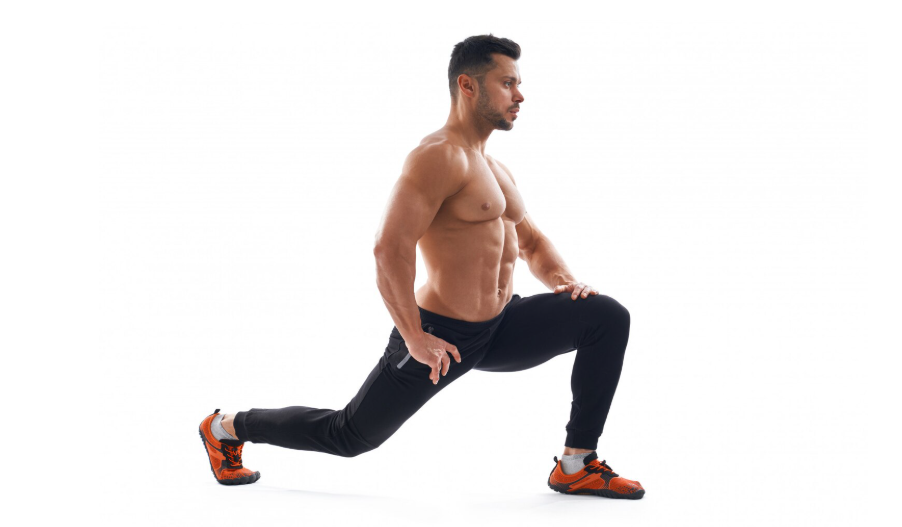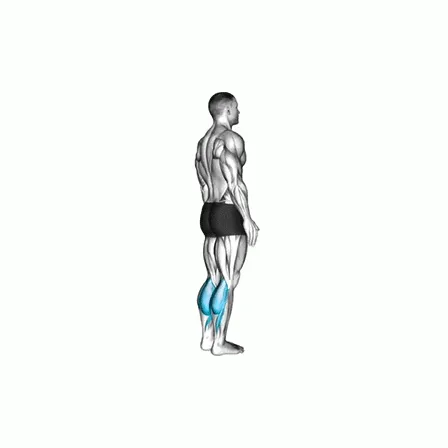Squat Jumps at Home: Explosive Leg Training
Squat Jump Exercise Instructions
-
Start with Your Feet Shoulder-Width Apart
- Stand tall with your feet about shoulder-width apart and your toes slightly pointing outward.
-
Lower into a Squat
- Push your hips back as if you’re sitting into a chair, while bending your knees. Keep your chest lifted, back straight, and core engaged.
- Lower yourself until your thighs are at least parallel to the floor or as deep as your flexibility allows.
-
Explode Upward
- Push through your heels and explosively jump straight up into the air, extending your legs fully. Swing your arms upward to help create momentum for the jump.
-
Land Softly
- Land softly on the balls of your feet, immediately bending your knees and lowering back into the squat position to absorb the impact. Your feet should stay flat as you transition back into the squat.
-
Repeat
- Continue performing repetitions by immediately jumping back up from the squat position after each landing. Keep the movements fluid and controlled.
Squat Jump Exercise Tips
-
Focus on Form First
- Ensure that your squat form is correct before adding the jump. Improper squat form (like knees caving in or heels lifting off the ground) can lead to injury when adding explosive movement.
-
Land Softly
- When landing, bend your knees and lower into a squat to absorb the impact. This reduces the strain on your joints and protects your knees. Think of landing "softly like a ninja" to minimize impact.
-
Engage Your Core
- Keep your core muscles tight throughout the movement to protect your lower back and maintain stability during the jumps.
-
Explode Powerfully
- Use your legs and glutes to generate power during the jump. Focus on jumping as high as you can with control, but not sacrificing form.
-
Control the Descent
- Control your descent into the squat after landing. Avoid dropping too fast or collapsing your posture; your knees should bend naturally to lower into a strong squat.
-
Breathe Properly
- Inhale as you lower into the squat and exhale explosively as you jump up. Proper breathing helps maintain rhythm and energy during the movement.
-
Keep Knees Aligned
- Ensure your knees track over your toes and don’t collapse inward during both the squat and the landing. This reduces the risk of knee injury.
-
Use Your Arms for Momentum
- Swing your arms forward and upward as you jump. This helps you generate more momentum and height while improving coordination.
-
Start Slow if Needed
- If you’re new to squat jumps, start with regular squats or lower-intensity jump squats, where you don’t jump as high. Gradually increase your jump height and intensity as you become more comfortable with the movement.
-
Take Rest Breaks
- Squat jumps are intense and can be fatiguing. Rest between sets to avoid compromising your form as you tire, which can lead to injury.
- Increase Intensity with Variations
- Tuck Jumps: As you jump, bring your knees toward your chest for added intensity.
- 180° Squat Jumps: Add a 180-degree turn in the air for more challenge.
- Weighted Squat Jumps: Hold light dumbbells or wear a weighted vest to increase resistance.















